In the last few years you may have heard and/or read stories about suicidal attempts made by children and adolescents who have been bullied. This guide educates parents about the dangers of bullying and offers steps to prevent it and support their children.
What is bullying?
Bullying involves repeated physical or verbal aggression, threats, or social exclusion inflicted by one or more individuals. It can happen anywhere, including schools, online and even at home. Common forms of bullying include:
- Physical aggression (hitting, kicking)
- Verbal abuse (name-calling, threats)
- Social exclusion (being ignored, left out)
- Cyberbullying (using technology to harass)
The widespread impact of bullying
Bullying affects children of all ages and backgrounds. It can lead to a range of negative health and safety problems, including:
- Depression and anxiety
- Sleep problems
- Stomach aches and headaches
- Self-harm and suicidal thoughts
- Academic struggles
- Substance abuse
- Violence
Protecting your child: A three-level approach
Here’s a breakdown of how you can create a safe environment for your child:
Level 1: Prevention
- Educate yourself:Learn about bullying and its effects. Share this information with your child and others.
- Promote respect:Nurture a home environment that values kindness, understanding, and non-violence.
- Support school programs:Advocate for anti-bullying initiatives in your child’s school.
Level 2: Intervention
- Open communication:Maintain open communication with your child to detect bullying situations.
- Report bullying:Encourage your child to report bullying to a trusted adult, like a teacher or counselor.
- Set boundaries:Advise your child to avoid online interactions that make them feel uncomfortable.
- Challenge myths:Dispel the myth that bullying is “normal” or a rite of passage.
Level 3: Professional support
- Seek help:If your child exhibits signs of depression, anxiety, or self-harm, consult a healthcare professional.
- Counseling for bullies:Consider seeking professional help for children who bully others, despite interventions.
Remember, you’re not alone. Many resources are available to support you and your child. Here are some helpful keywords to search for additional information:
- Bullying prevention programs
- Talking to kids about bullying
- Mental health effects of bullying
- Children’s support groups
By working together, we can create safer environments for children and prevent the devastating effects of bullying.
Download our bullying handout.
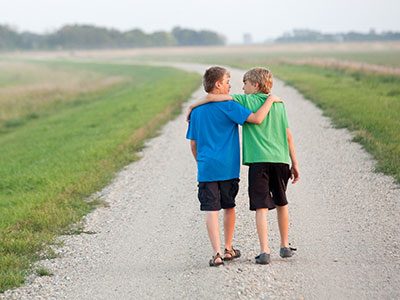 https://riseandshine.childrensnational.org/wp-content/uploads/2025/11/two-friends-feature.jpg
300
400
Danielle Robbins
https://riseandshine.childrensnational.org/wp-content/uploads/2017/11/childrens_riseandshine_logo.jpg
Danielle Robbins2025-11-13 13:55:082025-11-14 10:17:49Navigating friendships when your child has epilepsy
https://riseandshine.childrensnational.org/wp-content/uploads/2025/11/two-friends-feature.jpg
300
400
Danielle Robbins
https://riseandshine.childrensnational.org/wp-content/uploads/2017/11/childrens_riseandshine_logo.jpg
Danielle Robbins2025-11-13 13:55:082025-11-14 10:17:49Navigating friendships when your child has epilepsy




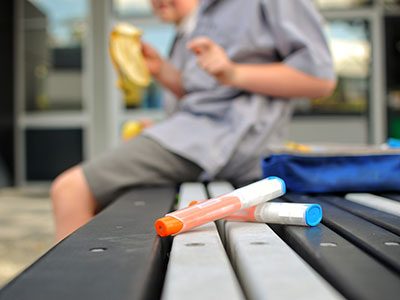


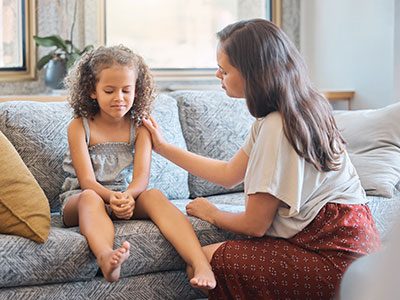
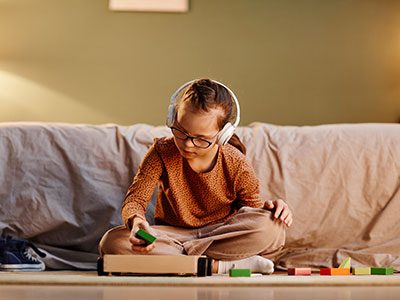


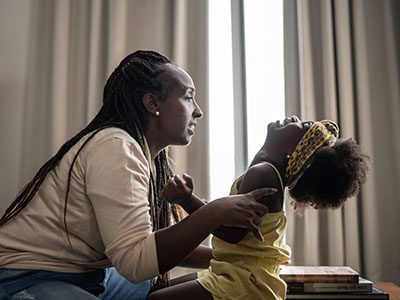


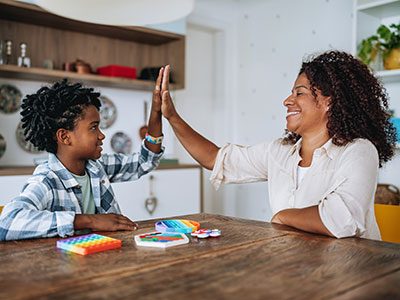
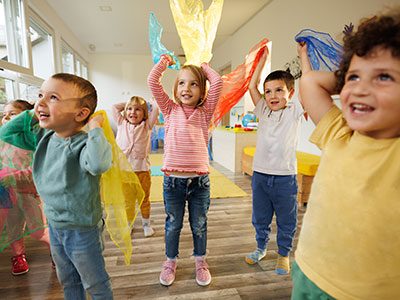


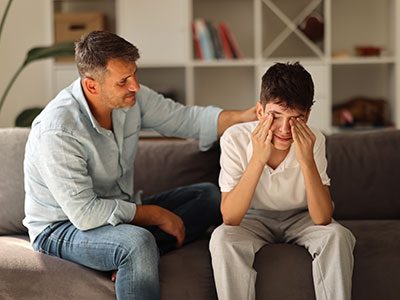


Leave a Comment
Want to join the discussion?Feel free to contribute!